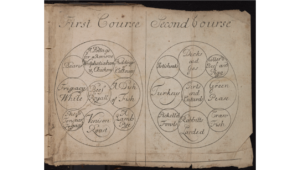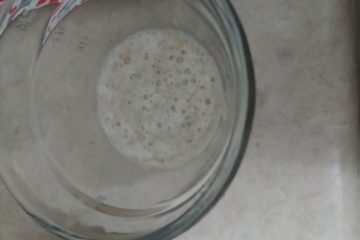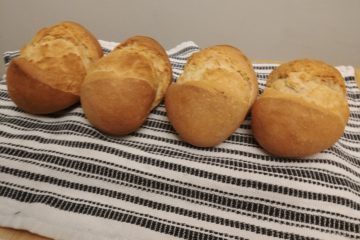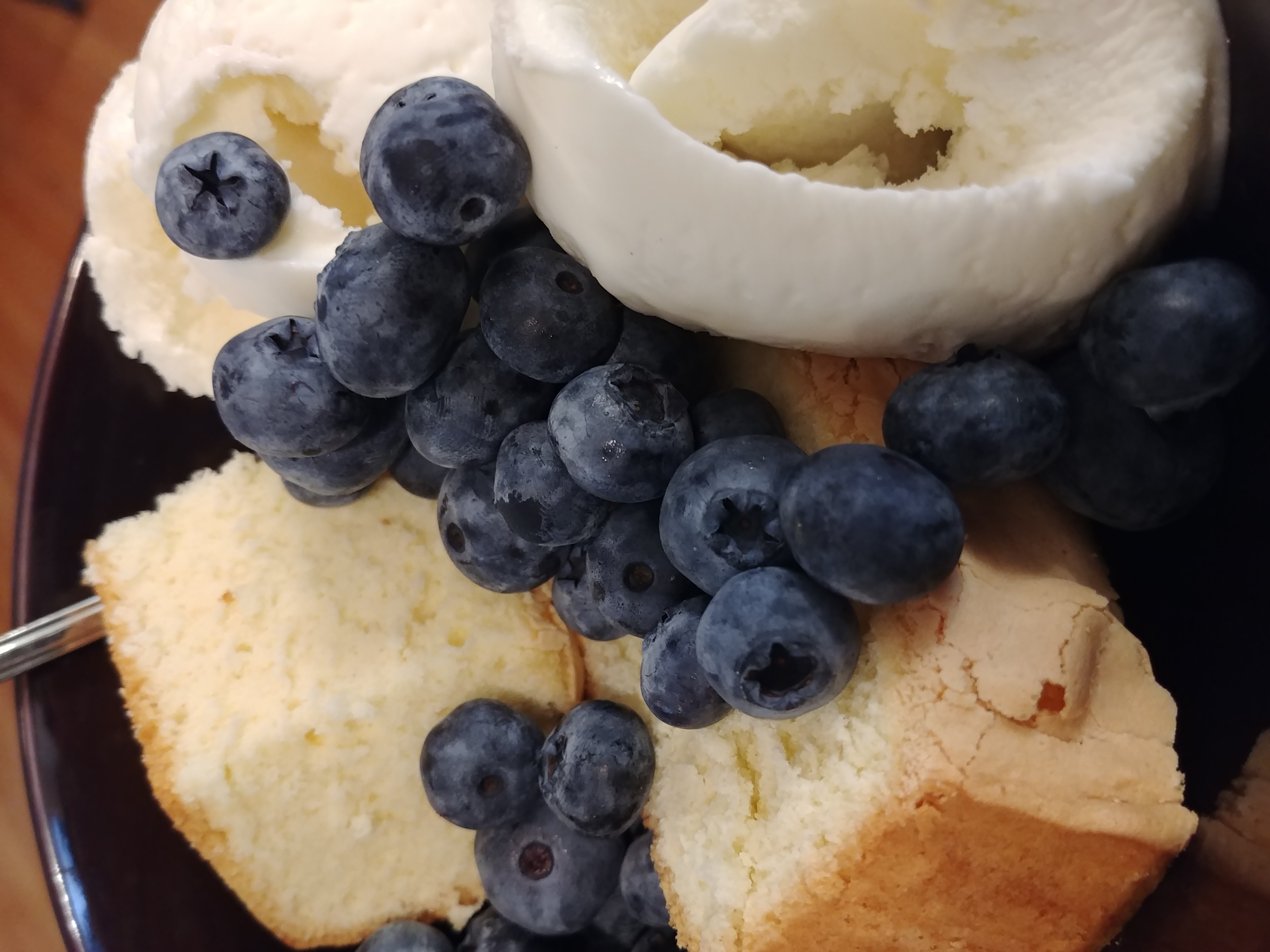This is an earlier version of an article I wrote which was published in Tournaments Illuminated Issue 202, Second Quarter 2017 p.35-36.
Serve It Forth, edited by Mistress Elaina de Sinistre, was a newsletter for those interested in culinary arts in the SCA, which ran until 2005. In the April, 1996 issue, Dame Alys Katharine (Elise Fleming) first published “Of Course, It’s ‘Course’!” explaining that pre 1650 the word remove was not used to mean course in any English language culinary context. The article since has been updated, and is available here. However, in the SCA, remove frequently continues to stand in for course, and so here is more information on the history of these terms.
The word course first entered English from French sometime before the late 13th century (OED), with the meaning of forward movement (OED). About forty years later is the earliest known use of the word course in written English to mean “Each of the successive parts or divisions of a meal” (OED). The line is in Richard Coer de Lyon, written about 1325: “Fro kechene com the fyrste cours, / With pypes and trumpes and tabours” (Larkin 3453-4). That meaning continues throughout the entirety of the SCA time period.
To examine the earliest use of remove we must turn to the 18th century, when French haute cuisine came to be considered the highest class of cookery in England (Mennell 89). This view had begun in the mid 17th century with the translation of François Pierre de La Varenne’s Le cuisinier françois into English first in 1653, and by the 18th century even English writers were emphasizing their French credentials (Verral frontispiece). This adoption of French cuisine took time. In the late 16th century and early 17th century the “courtly” food being developed in Italy and France hadn’t yet come over to England (Mennell 85) as it was considered too pretentious and against the nationalistic sentiments in England; the major English cookery books of the time, even after the translation of Le cuisinier françois, ignored their French counterparts (89). It wasn’t until the Restoration of the Monarchy that the “courtly genre” of cookery books began to appear in England (ibid.). These books, based on French model, still took until the 18th century before they were more than simply a courtly version of the English style (93).
With this new focus on French cuisine the new terms and concepts that arose within haute cuisine came over to England. In late 17th and early 18th century French meal-serving, a common occurrence was to bring a group of dishes to the table as the first course and then, part way through the course, remove and replace one of the dishes of the course with a new dish, frequently replacing a soup or pottage with a roast (Flandrin 76-77). This dish that came in as the replacement was called a relever in the late 17th century, becoming relevé in the 18th century. In the early 1700s the term came to England, probably shortly before it appears in print for the first time in 1708 in the book England’s newest way (Howard Plate 3), and was translated as remove, with the same meaning as in French, the removal and replacement of a single dish within the course (Flandrin 77).
Only one dish in the course is called a remove while the whole group of dishes remains a course. The word gained popularity among the upper classes from about the 1730s onwards (la Chapelle 123) and truly permeated culinary culture by the 1750s when it was remarked in “The Connoisseur”, “My lord is displaying his exquisite taste by deciding upon every dish; all the while not a little solicitous about the exactness of the Removes, and the duly adjusting the entremets” (Town 305).
The word course was not only the preferred word, but was the only word in common usage throughout the entirety of the SCA time period and was never supplanted by remove, even after the 17th century, as remove only refers to replacing one dish of a course, not to the entire course. When planning our SCA feasts we must remember that each course is called a course, and, in the words of Dame Alys, it’s time to “remove ‘remove’” (Fleming).
Works Cited
Flandrin, Jean-Louis. Arranging the Meal: A History of Table Service in France. Los Angeles: University of California Press, 2007.
Fleming, Elise. “Of Course It’s ‘Course’! Remove ‘Remove’!” 2016. Confections and Cakes. 20 January 2017. <http://damealys.medievalcookery.com/OfCourseItsCourse-Revised.html>.
Howard, Henry. England’s newest way in all sorts of cookery, pastry, and all pickles that are fit to be used. London: Chr. Coningsby, 1708.
la Chapelle, Vincent. The Modern Cook. London: Nicolas Prevost, 1733.
Larkin, Peter, ed. Richard Coer de Lyon. Kalamazoo, MI: Medieval Institute Publications, 2015.
Mennell, Stephen. All Manners of Food: Eating and Taste in England and France from the Middle Ages to the Present. Chicago: University of Illinois Press, 1996.
Town. Harrison’s British Classicks: The Connoisseur. The Citizen of the world. The Babler. London: Harrison & Company, 1786.
Verral, William. A Complete System of Cookery. London: William Verral, 1759.




1 Comment
What’s Cooking June 30, 2021 | Librariandoa 2.0 · June 30, 2021 at 5:54 am
[…] Courses Vs. Removes […]